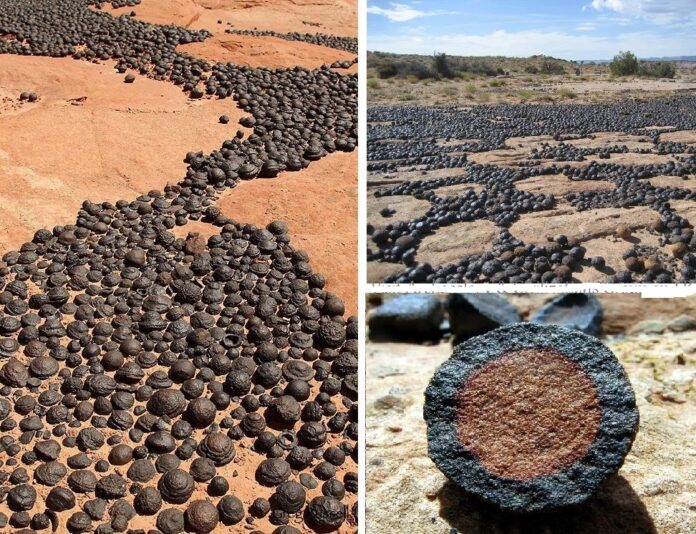Moqui marbles, also known as “iron concretions,” are abundant across the arid landscapes of Utah and Arizona. These chocolate-colored spheres are sandstone balls cemented by a hard shell of iron oxide minerals. Their formation and distribution have intrigued scientists for decades, especially after similar structures were discovered on Mars, known as Martian blueberries. This article delves into the fascinating formation and significance of moqui marbles, shedding light on their geological history and the insights they offer about water movement on Earth and other planets.
The Geological Oddities
For years, moqui marbles were considered just an unusual geological feature. These iron-coated stones tumble from the cream-colored Navajo Sandstone beds as wind and water erode the softer rock. They are widespread across Utah and Arizona, forming a stark contrast to the pale sandstone from which they emerge.
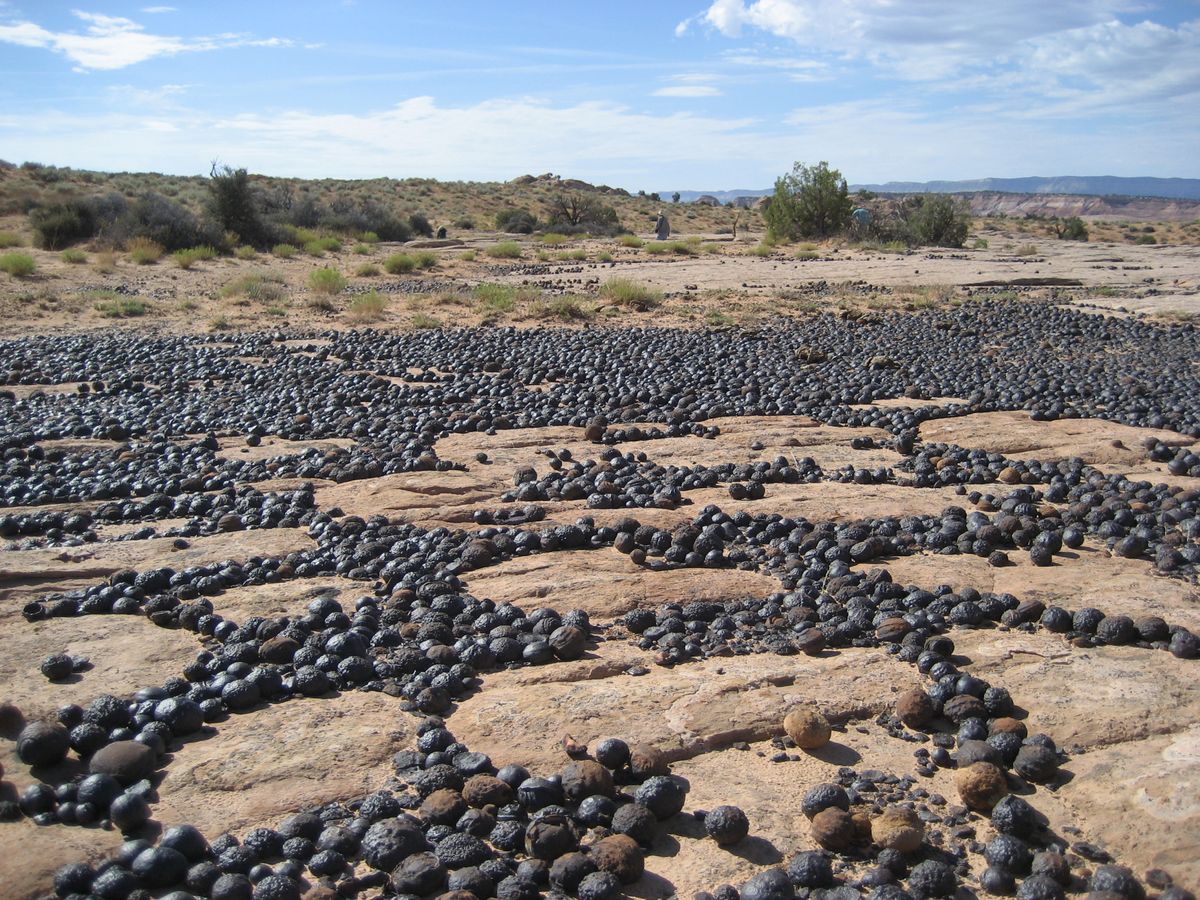
Moqui marbles gained scientific prominence when researchers discovered similar formations on Mars, indicating the historical presence of water on the Red Planet. This discovery spurred further interest in Earth’s iron baubles, leading to more detailed studies on their formation and age.
New Discoveries About Moqui Marbles
Recent research has revealed that moqui marbles are much younger than the Navajo Sandstone from which they originate. While the Navajo Sandstone is approximately 190 million years old, the marbles themselves are no more than 25 million years old. Some marbles found on the Grand Staircase-Escalante National Monument in Utah are between 2 million and 5 million years old, whereas those on Arizona’s Paria Plateau have iron oxide rinds as young as 300,000 years.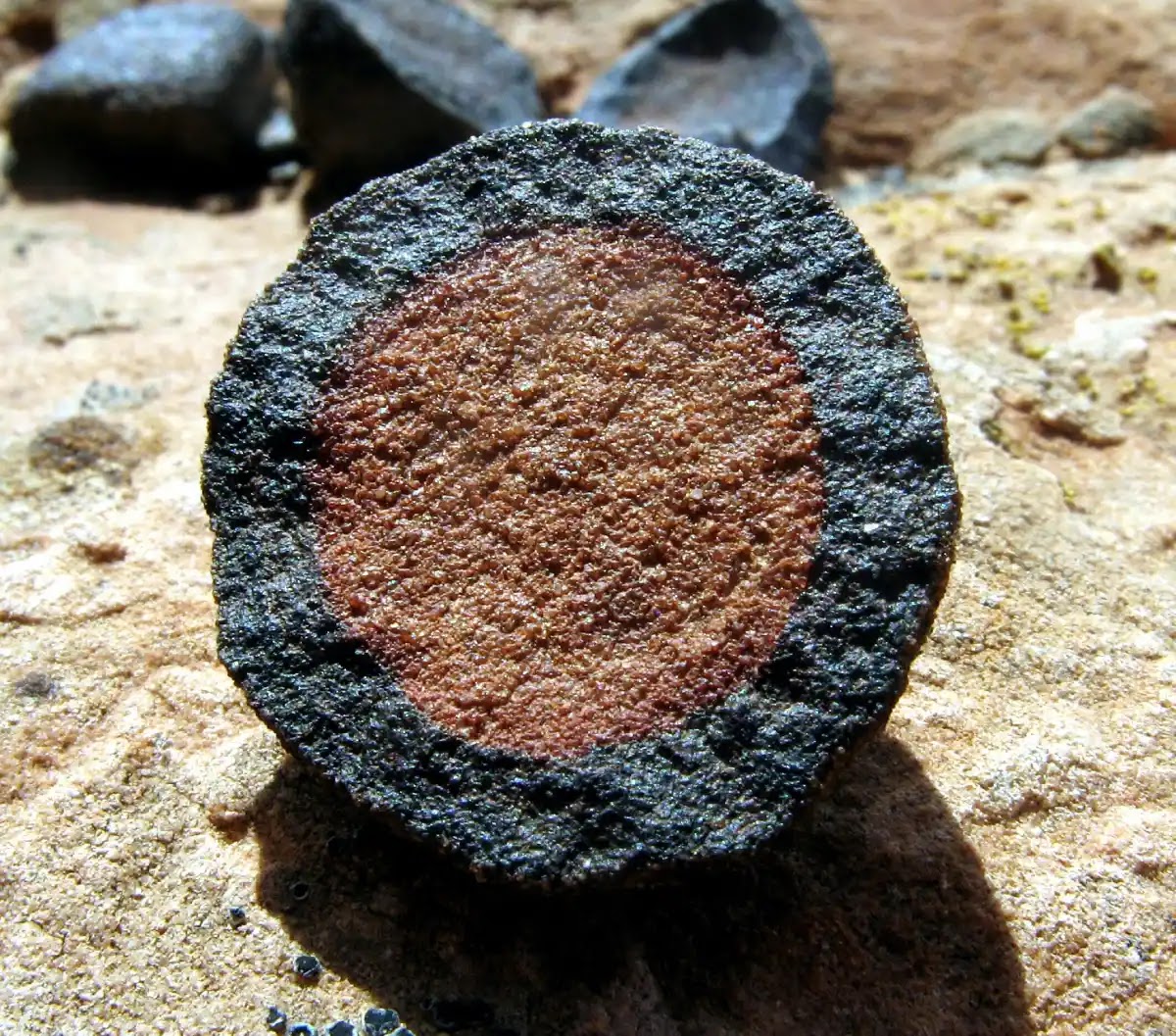
These findings, reported in the Geological Society of America Bulletin, highlight the dynamic geological processes that shaped these formations. According to Marjorie Chan, a geologist at the University of Utah and co-author of the study, moqui marbles provide a record of how water moved through rock millions of years ago, offering valuable insights for understanding water and life on other planets.
The Formation Process
The precise ages of the moqui marbles were determined using a radioactive clock. The iron oxide minerals within the marbles contain traces of radioactive uranium and thorium, which decay by emitting helium. By measuring these elements, scientists can calculate the time since the minerals formed. This innovative technique has helped clarify different models of the marbles’ formation.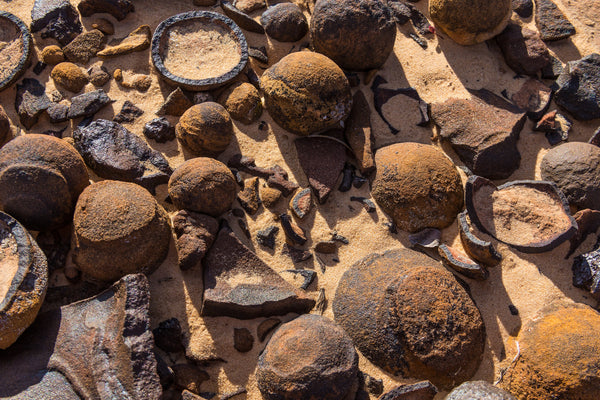
Researchers agree that the iron in the marbles originates from the Navajo Sandstone, stripped of its iron-rich coating by percolating groundwater. Chemical reactions fused the moqui marbles with iron, but the exact details of this process remain debated. Some scientists suggest that microbes might have played a role in the chemical reactions, potentially indicating that similar concretions on Mars could reveal signs of ancient life.
Concretions Around the World
Moqui marbles are not unique to Utah and Arizona; concretions of various shapes and sizes are found worldwide. These curious rocks have inspired tales of fairies, meteorites, and dinosaur eggs. However, their origins are relatively mundane. As water flows through sedimentary rock, it leaves behind minerals that cement particles of sand, mud, or other materials, sometimes encasing treasures like bones or shells.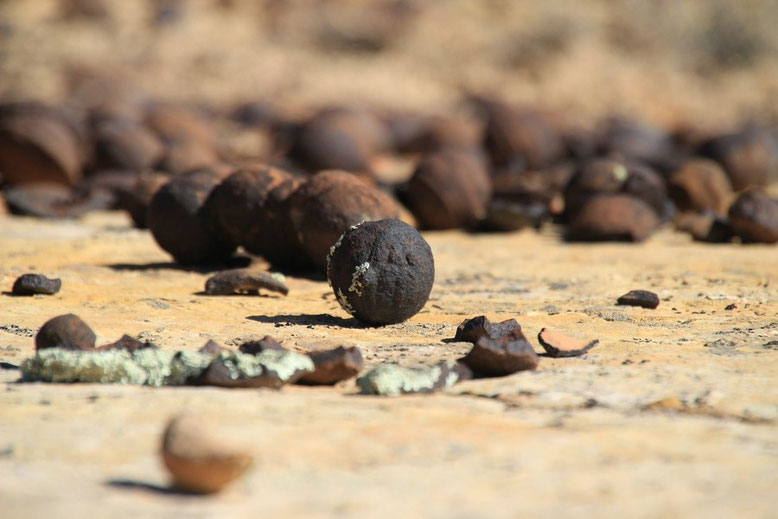
In Utah and Arizona, moqui marbles erode from the spectacular white cliffs of Zion National Park and the Grand Staircase-Escalante National Monument. Collecting these concretions in national parks is prohibited, preserving these natural wonders for future generations.
The Spiritual Aspect
The iron stones, almost black in appearance with a pitted surface polished by blowing sand, have also captured the imagination of spiritualists. Some have endowed the marbles with “energy,” attributing distinctive shapes as male and female and using them in meditation practices. However, geologists like Chan emphasize the scientific and heritage value of these formations over mystical interpretations.
The Birth of Moqui Marbles
The Navajo Sandstone, once the largest expanse of dunes on Earth, owes its color to iron-rich minerals mixed with quartz sand. Over time, these dunes were buried by younger geological layers, and the iron enrobed the sand grains, creating the stunning colors and patterns seen today.
The formation of moqui marbles is linked to massive tectonic shifts in the Southwest around 20 million years ago. As the Colorado Plateau lifted, it altered the flow of water and natural gas through the sandstone, stripping away the iron coating and bleaching the rocks from red to creamy white. This iron-rich water then reached areas with different water chemistry, leading to the deposition of iron.



